tppeake
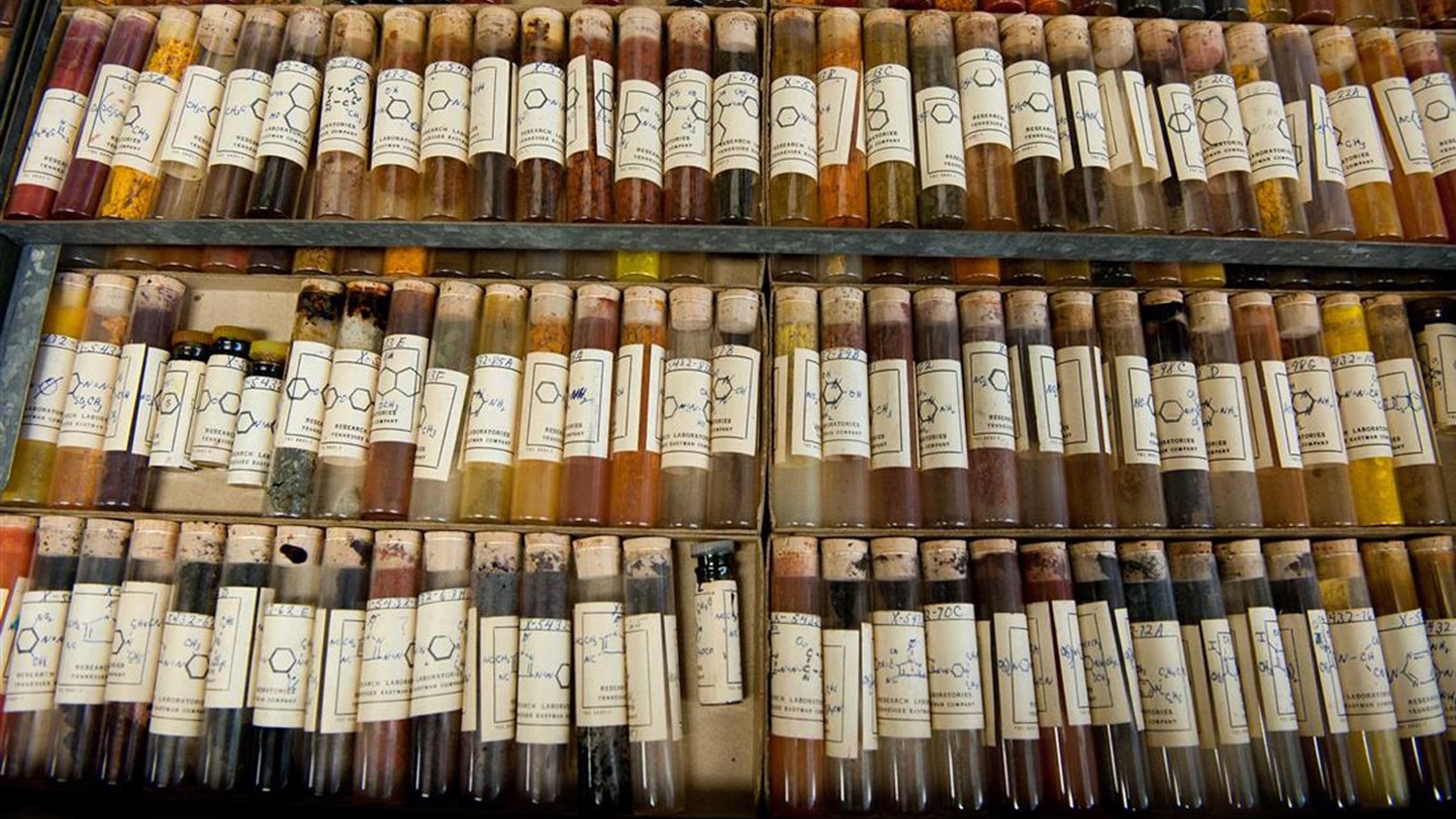
Researchers Release First Chemical Map of Dyes From Historic Dye Library

Nonequilibrium Physics Explained: 5 Questions With Lex Kemper
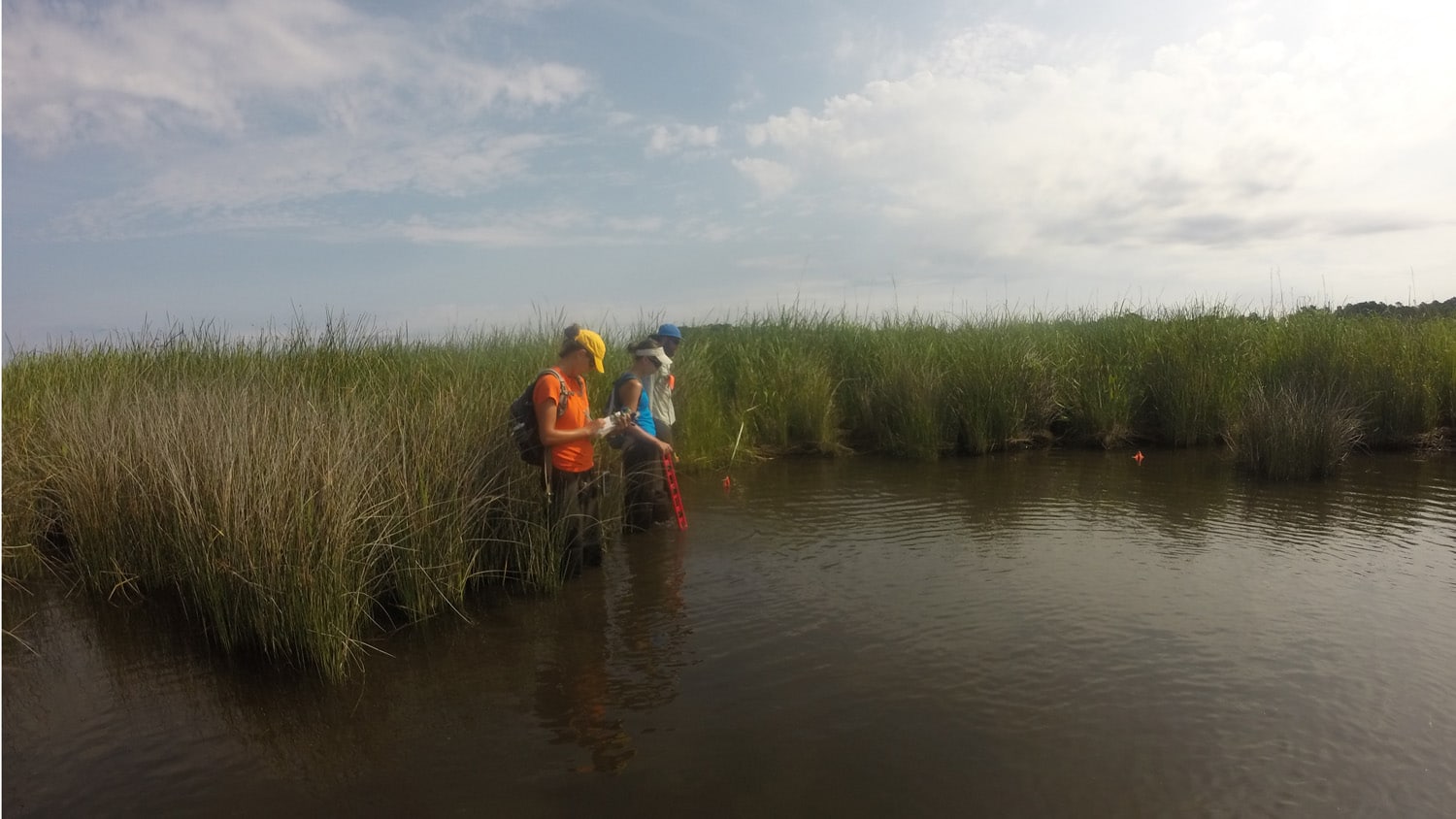
Invasive and Native Marsh Grasses May Provide Similar Benefits to Protected Wetlands
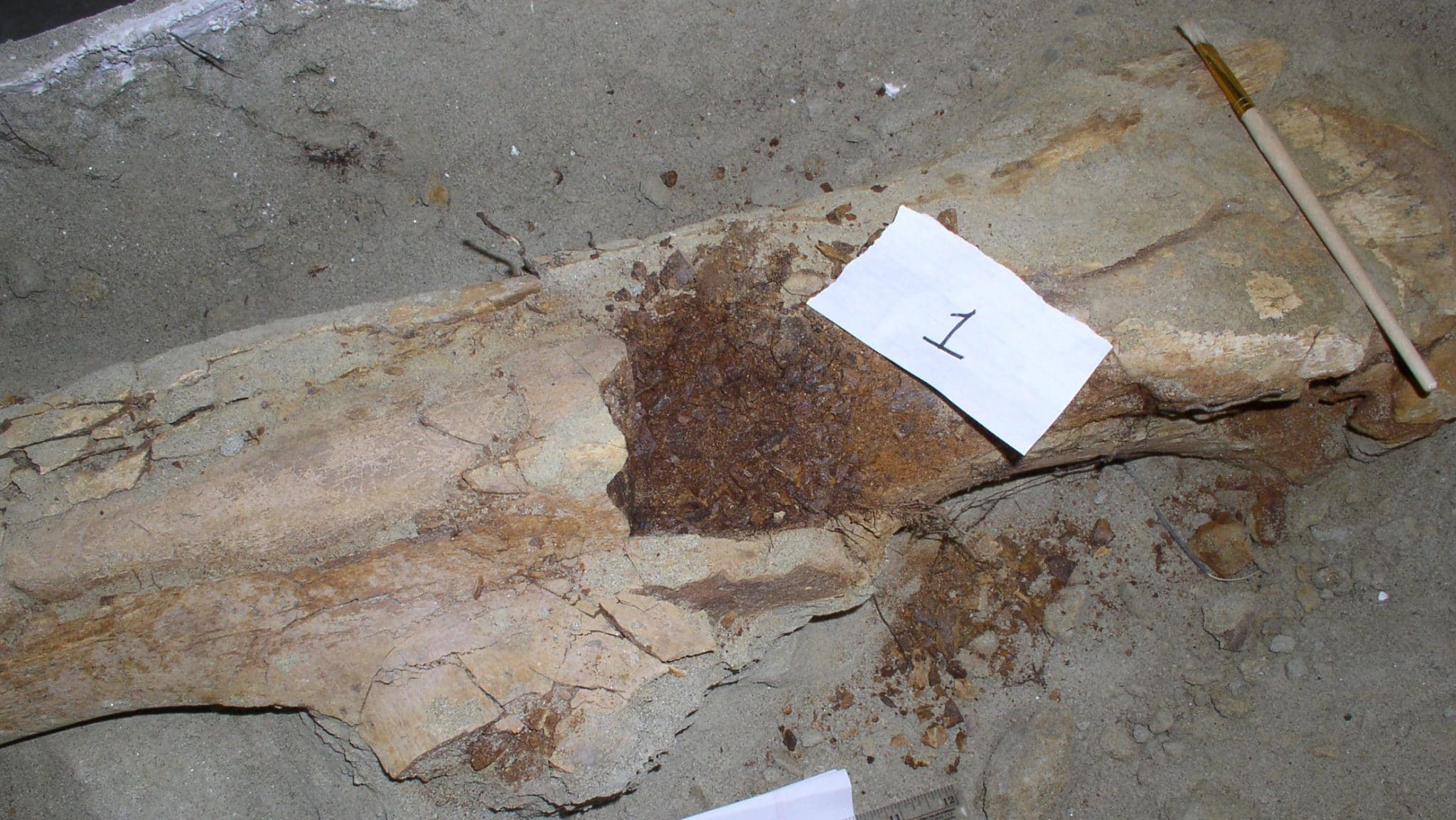
80-Million-Year-Old Dinosaur Collagen Confirmed

Untangling Complex Interactions – With Lasers
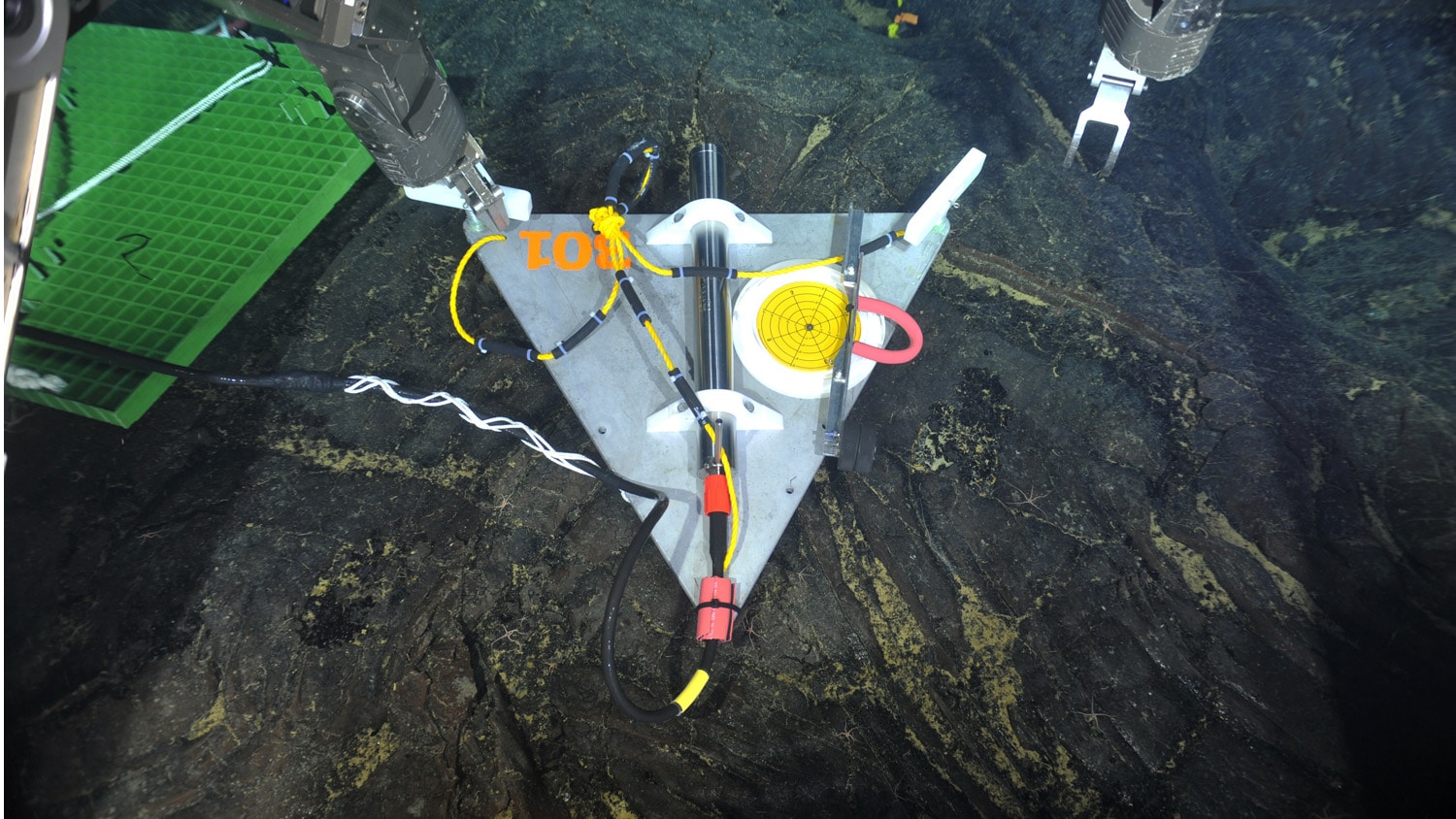
Listening for Lava

Researchers Tweak Enzyme ‘Assembly Line’ to Improve Antibiotics
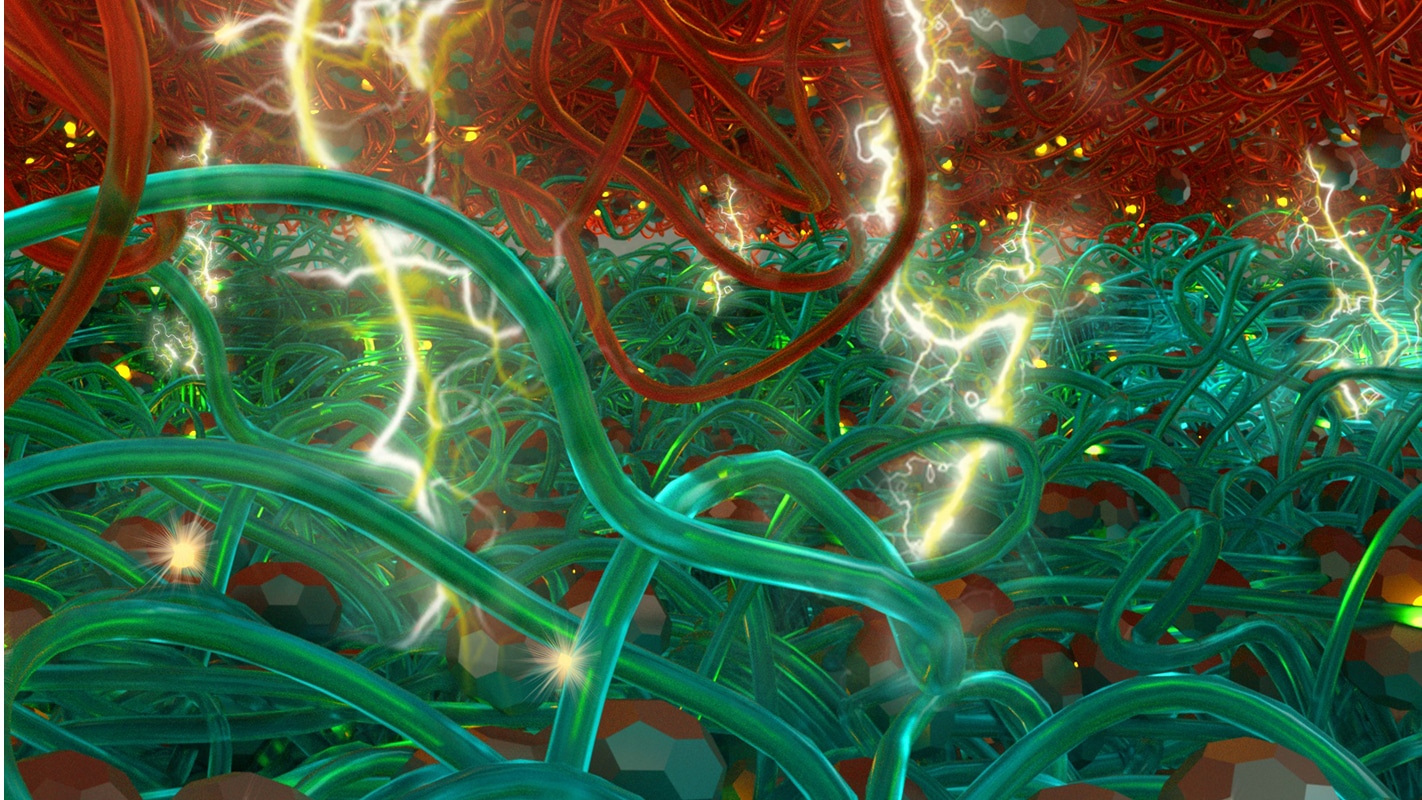
New Fabrication Technique Leads to Broader Sunlight Absorption in Plastic Solar Cells
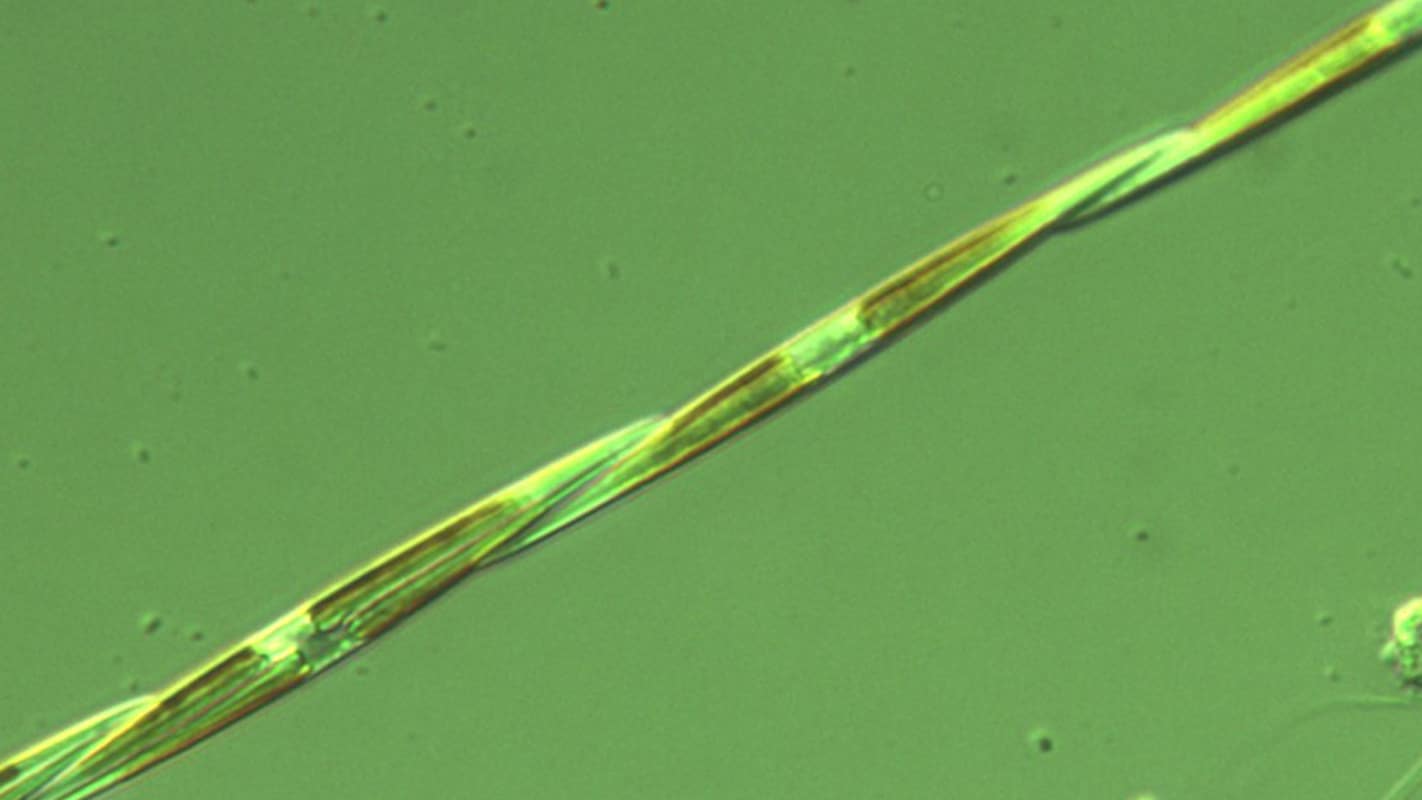
Toxic ‘Marine Snow’ Can Sink Quickly, Persist at Ocean Depths
